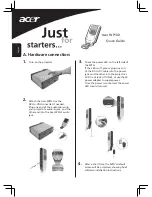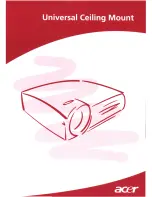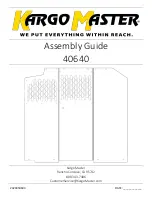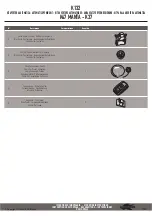
15
In case of high mechanical stress (strong vibration, moving viscous media) it
may be necessary to secure the screw connection, e�g� by a screw retaining
compound�
Substances such as screw retaining compounds may migrate into the
medium� Make sure that they are harmless�
When using mechanical means of securing (e�g� tooth lock washer), protruding
edges must be avoided� They may cause interference reflection�
6.3 Shortening of the probe
The rod can be shortened to adapt the probe to different tank heights�
Ensure that the probe length is never below the minimum permissible
probe length of 10 cm (L
min
)! The unit does not support probe lengths below
10 cm� If shorter probes are used, measurement errors can occur�
Proceed as follows:
►
Screw the rod to the unit�
►
Mark the desired length (L) on the rod� The
reference point is the lower edge of the process
connection�
►
Remove the rod from the unit�
►
Shorten the rod at the mark�
►
Remove all burrs and sharp edges�
►
Screw the rod to the unit again and tighten it�
Recommended tightening torque: 4 Nm�
►
Precisely measure the probe length L, note the
value� It must be entered during parameter setting
of the unit
(→ 10.2)
�
L
min
L
L
min
= 10 cm
6.4 Installation of the unit
For correct function the unit needs a large enough metal launching plate� It
is necessary for transferring the microwave pulse to the tank with optimum
transmission power�
For installation in closed metal tanks, the tank lid serves as a launching plate (R in
fig� 6-6 and 6-9)� 2 ways of installation are possible:
• Screw in a ¾" NPT process connection in the tank lid
(→ 6.4.1)
�















































